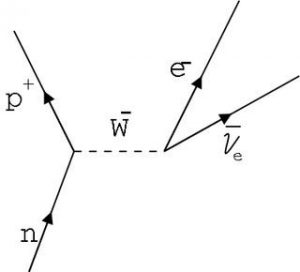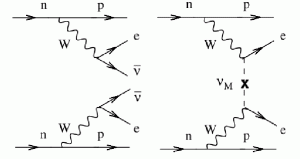There have been several news items over the past month dealing with space exploration so let’s right get to it. I’ll start with the new kid on the block Rocket Lab.
I first mentioned Rocket Lab in my post of 10Feb18 when I discussed the second successful test launch of their Electron rocket. With two successes under their belt Rocket Lab is already planning their first actual paying launch placing two small satellites into orbit that are owned by Spire Global and GeoOptics. The mission is scheduled to take off on April 19th.
Now the Electron is a small rocket, see image below, with a total payload to orbit of only 150-250kg but Rocket Lab is aiming to grab a share of the growing market in miniaturized satellites. Presently small satellites may have to wait months or even years in order to ride up piggyback with some big satellite on an Atlas or Falcon rocket. Rocket Lab plans on using a quick turnaround launch schedule as a part of the company’s sales pitch to bring in business.

Rocket Lab launches their Electron rocket from their own launch pads in New Zealand into polar orbits at a cost of only about $5 million USD. If this third launch is successful Rocket Lab’s fourth mission, carrying 10 miniature satellites for NASA, could come in the next few months.
Also in my February post I mentioned that the Russian space agency was making plans to attach a new module to the International Space Station (ISS) as a luxury hotel in space. Well the idea of a space hotel is picking up steam as a company called Orion Span has announced plans for its own space hotel hopefully as early as late 2021.
The station/orbiting hotel concept is called Aurora and the planned cost of a twelve-day stay is ‘only’ $9.5 million USD. The initial Aurora will accommodate four paying guests along with two astronaut crewmembers in a pressurized chamber of 160 cubic meters volume. The images below show what the Aurora will look like inside and outside.


Just how customers will get to the Aurora hasn’t been finalized yet but Orion Span will soon have a choice of companies capable of providing the ride. Space X, Boeing and Blue Origin are all planning to launch a crewed space capsule either this year or next and the possibility of using these commercial, manned space vehicles to maintain a space hotel has often been discussed.
In time Orion Span intends to add additional units to Aurora and one day hopes to even sell permanent space on Aurora as a kind of orbiting condo. The image below shows what Aurora could one day look like.

If you’d like to learn more about Orion Span’s plans for their Aurora space hotel click on the link below to be taken to their site.
Speaking of Boeing’s Starliner manned space capsule; the first, unmanned launch is now only months away with the second manned mission is less than a year. And now there’s a possibility that NASA might want Boeing to add a third astronaut to the second mission and turn the second test flight into a full mission to the ISS.
You see NASA has only scheduled to fly astronauts to the ISS on Russia’s Soyuz spacecraft through the end of next year so the space agency has to get its commercial space program up and running before then. The timing is tight, especially because both Boeing and Space X have seen several delays in their original schedule. The deal isn’t done yet; NASA still has to perform a technical evaluation of switching from a test flight with a visit to the ISS to a full six month mission. The image below is an artist’s representation of the Boeing Starliner docking at the ISS, something we’ll hopefully see for real in less than a year.

Finally before I go, did you see it? Did you see China’s Tiangong-1 space station as it fell back to Earth? Well either did anyone else. After all of the hysteria by the chicken littles out there the Tiangong-1 ended up falling harmlessly into the middle of the Pacific Ocean and apparently nobody even got to see anything. In fact in all of the history of space exploration on one has even been harmed by debris falling from space and very few people have ever even seen anything fall from space! Only goes to show just how big our planet really is!

































